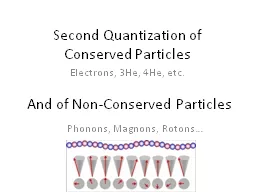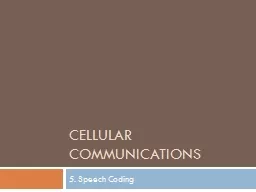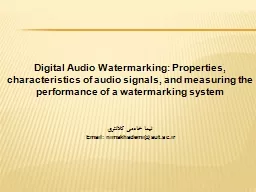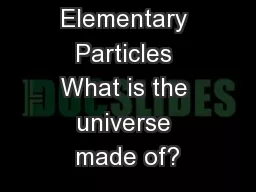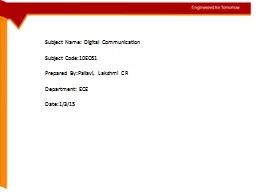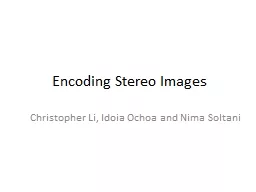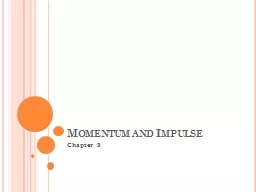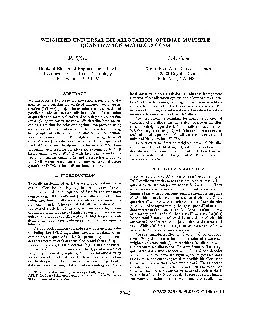PPT-Second Quantization of Conserved Particles
Author : alexa-scheidler | Published Date : 2016-09-19
Electrons 3He 4He etc And of NonConserved Particles Phonons Magnons Rotons We Found for NonConserved Bosons Eg Phonons that we can describe the system in terms
Presentation Embed Code
Download Presentation
Download Presentation The PPT/PDF document "Second Quantization of Conserved Particl..." is the property of its rightful owner. Permission is granted to download and print the materials on this website for personal, non-commercial use only, and to display it on your personal computer provided you do not modify the materials and that you retain all copyright notices contained in the materials. By downloading content from our website, you accept the terms of this agreement.
Second Quantization of Conserved Particles: Transcript
Download Rules Of Document
"Second Quantization of Conserved Particles"The content belongs to its owner. You may download and print it for personal use, without modification, and keep all copyright notices. By downloading, you agree to these terms.
Related Documents

